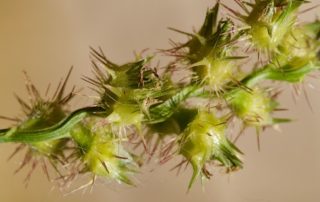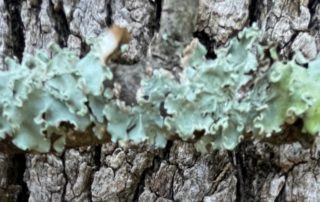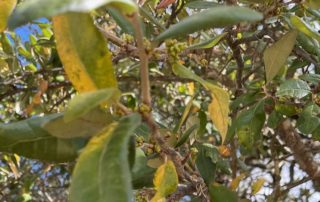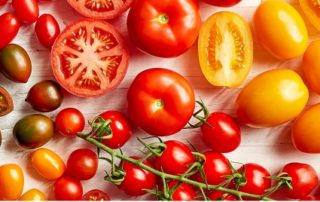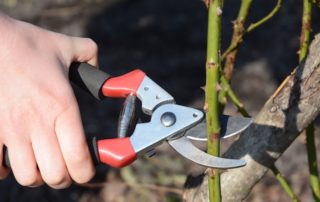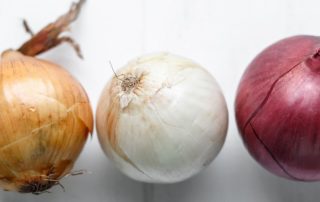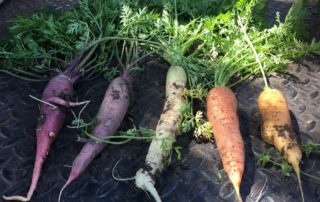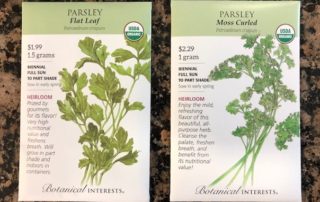Sticker Bur Control
We get many questions throughout the year regarding control of stickers in the home lawn. First, determine what type of stickers you are dealing with- Bur Clover, Field Sandbur, Lawn Burweed, Khaki Weed or the very painful Goat Head. Control for each type of sticker bur relates to the time of the year that the seed germinates and whether it is an annual or a perennial weed. Annual weeds are generally easy to control using pre-emergent at the correct time of year, as the plants themselves do not survive [...]

